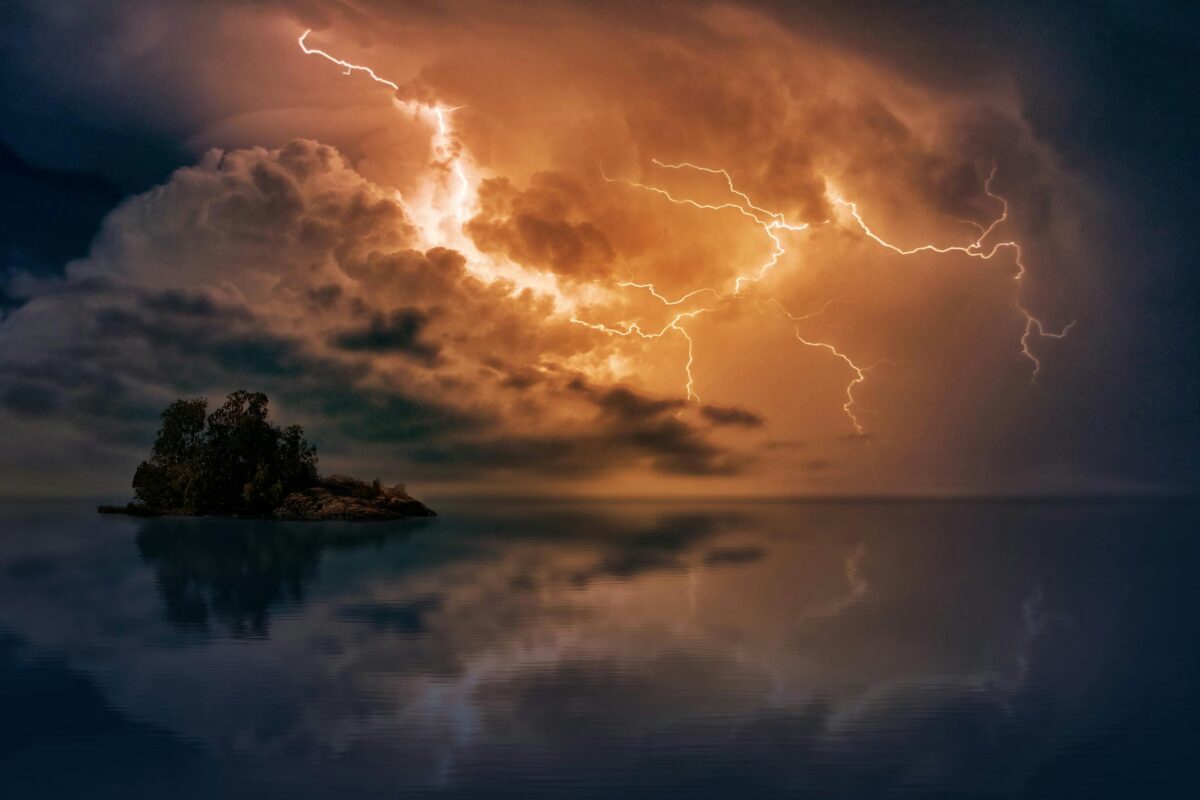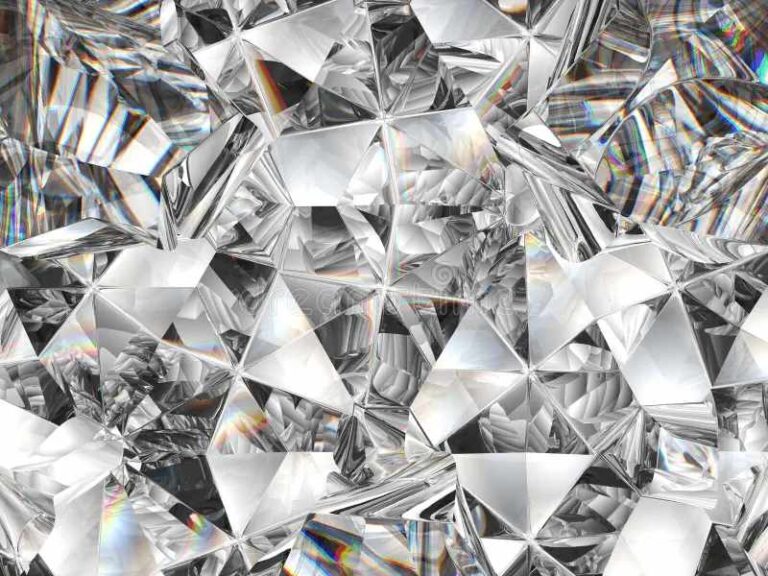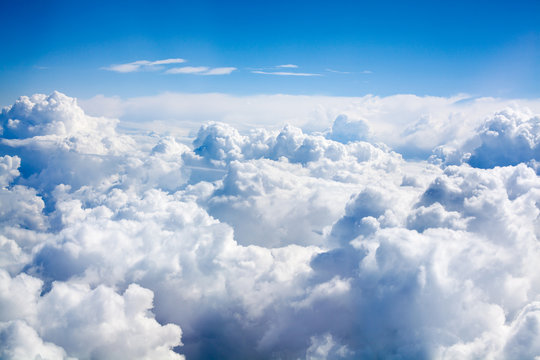What Does a Storm Symbolize?
Storms are a powerful force of nature that have long captured the human imagination. Across different cultures and eras, storms have taken on rich symbolic meanings related to change, turmoil, unrest, power, and transformation.
The Transformative Power of Storms
One of the most common symbolic associations with storms is the transformative power they hold. Storms are disruptive forces that break through regular patterns and shake up the status quo. When a big thunderstorm rolls through, it turns sunny days dark, redirects streams and rivers, leaves debris in its wake, and forces people and animals to take shelter. The landscape is literally transformed by the storm’s passage.
This ability gives storms symbolic connotations of major transitions, upheavals, and transformations in life. They represent shocks to the system that change circumstances in significant ways. Just as the land is reformed by torrential rains and raging winds, a symbolic storm in someone’s life may usher in dramatic changes.
Inner Turmoil and Change
The external chaos and disorder of a storm often symbolizes inner emotional turmoil, distress, and upheaval. The violent winds, driving rains, rattling thunder, and lightning flashes mirror an individual’s inner state of uncertainty, anxiety, sorrow, or anger. Seeing a storm in a dream may indicate a personal sense of being overwhelmed by difficult emotions or situations. The symbolic storm externalizes inner unrest, giving it a vivid physical form.
Similarly, because storms have the power to profoundly transform the landscape, they can represent inner changes, revolutions, and personal growth. A symbolic storm may indicate the need to radically change the way one thinks, feels, or acts. It signals deep personal shifts rather than superficial change. The harbinger of transformation, a storm in this sense stirs things up and accelerates shifts in perspective.
Natural Cycles and Change
Storms are part of the natural ebb and flow of the world and symbolize cycles of change in life. They are dramatic markers between periods of sunny weather and rain. Without storms bringing precipitation, the land would become permanently parched and barren. The volatility of storms contributes to cycles that make life possible.
By extension, storms in dreams or symbolic narratives may relate to the ups and downs intrinsic to life – sadness giving way in time to joy, hardship followed by ease. They represent pattern breaks leading into new phases of life. Viewed this way, a symbolic storm is part of natural cycles of change rather than representing an unusual disruption.
Catharsis and Cleansing
The intense precipitation and winds of a storm have a purifying quality. Storms carry electrical charges in lightning that release tension built up between the atmosphere and land. Torrential rains wash landscapes clean and leave the air feeling refreshed. This tangible sense of emotional and physical release after a storm passes lends storms symbolic meanings of catharsis, cleansing, and purification.
For example, a symbolic storm of tears releases inner sadness, washing away old emotional burdens and cleansing a person to start fresh. Weathering a symbolic storm in a relationship or career may indicate coming through a major challenge to dissipate underlying issues, bringing a sense of renewal once calm returns. Symbolic storms represent culminating points of difficulty that precipitate relief through discharge and release.
Uncertainty and Unease
While they can bring positive transformation in the long run, storms also symbolize uncertainty, unease, and apprehension in the moment. The dark swirling clouds, eerie winds, driving rains, booming thunder, and lightning present an ominous sight that puts people on edge about what’s coming.
Symbolic storms can therefore represent a sense of anxiety about major forthcoming changes or events. When featured in a dream or as part of a symbolic narrative, storms signal that circumstances in flux that may present difficulty. There’s often ambiguity about just how intense or long-lasting the storm’s effects will turn out to be. Symbolic storms keep people off kilter with the uncertainty of changing conditions.
Power and Intensity
Few forces of nature embody raw power and intensity like storms. Hurricanes, thunderstorms, and tornadoes contain high winds capable of massive damage. They overtly display the power differential between humans and nature – we scramble for shelter while storms simply rage.
As such, symbolic storms represent the powers greater than humans as well as our vulnerability. They indicate moments where we must surrender control to the whims of external forces. Storms also symbolize tapping into reserves of internal power and determination – the strength to endure upheaval and see it through. Symbolic storms connect to great power, intensity, severity, and feeling small in comparison.
The symbolic meanings carried by storms cover considerable territory. While they center on change and transformation, storms can indicate different facets of those concepts. Seeing a symbolic storm requires asking probing questions to clarify the specific implications at play. Is this storm cleansing and cathartic? Does it represent inner or outer turmoil? Is it a break in otherwise stable patterns or the culmination of tensions? The answers help narrow down what kind of change the symbolic storm is likely to bring about.
By representing immense power, cycles of change across time, and pivotal turning points in circumstances, storms are a resonant symbol across many cultures and traditions. They vividly externalize the dynamic interplay between calm and chaos intrinsic to life in vivid symbolic form. Storm symbols continue to capture imaginations and attention worldwide due to the atmosphere of drama, uncertainty, and transformation they carry. Whether referring to actual or symbolic storms, the words popularized by Shakespeare ring true – “uneasy lies the head that wears a crown.”
Storms in Literature and Film
Symbolic storms have featured prominently in film, literature, theatrical productions, and more due to their dramatic atmosphere. Writers employ storm symbolism to heighten a sense of tension, danger, or uncertainty – using winds, rain, and thunder as a ominous backdrop mirroring circumstances for characters. Storm symbolism also foreshadows coming change and conflict.
For example, in William Shakespeare’s tragedy King Lear, a violent storm mirrors the tension unfolding in the plot. It is the backdrop for some of the play’s most pivotal moments, highlighting the inner turmoil and upheaval experienced by Lear and symbolizing the tension tearing apart his kingdom. The symbolic storm connects directly to the conflict and chaos overtaking the characters’ lives.
Storms sweeping across isolated locales have been a common trope in Gothic literature, from the rain-battered castle in Horace Walpole’s The Castle of Otranto to the lightning-split pine tree in Ann Radcliffe’s The Mysteries of Udolpho. The tumultuous atmosphere externalizes the brooding sense of unease and suspense central to the Gothic genre.
Filmmakers also leverage symbolic storm’s dramatic visual and auditory effects. In movies like The Hurricane and Key Largo, hurricanes represent danger and suspense elements. Storm symbolism plays prominently in The Tempest adaptation, Yellow Sky, and The Storm – highlighting the tension, uncertainty, and change swirling around characters. Storms visually and symbolically set the scene for suspense and transformation.
Storm Deities and Mythology
As powerful sky-based forces, storms naturally take on divine qualities in mythological traditions around the world. Gods and goddesses associated with storms, lightning, thunder, and wind feature prominently in pantheons globally. They reflect symbolic associations of storms with intense power, fate, cosmic justice, and the mystical experience.
Across Mesoamerican civilizations like the Aztec and Maya, the feathered serpent god Quetzalcoatl ruled over the winds, the dawn, the planet Venus, and more. He was associated with hurricanes and storms that brought life-giving rains to nourish crops.
In Norse mythology, the storm giant Thor wielded a hammer that produced lightning and thunder as it flew through the sky. He was associated with thunderstorms, strength, protection, and hallowing. Thor’s hammer Mjölnir could level mountains and symbolized the devastating power of lightning.
The West African god Shango (also known as Jakuta or Chango) governed stormy weather, thunder, and lightning. Legend held that his wrath caused violent storms, especially during the rainy season. As such, Shango represented retribution against wrongdoing.
In Ancient Greek mythology, Zeus ruled storms, lightning, and thunder as part of his overall dominion over the sky. Myth held that Zeus would hurl lightning bolts when angered. His thunderbolts both terrorized and helped people in need of assistance. The Homeric Hymns described Zeus as delighting in lightning, thunder, clouds, and rain.
These storm deities reveal symbolic links between storms and power, fate, justice, fertility, and the mystical qualities of nature. Storm gods reigned over forces people depended on but couldn’t control. They reveal the longstanding human awe and fear of storms’ sublime power.
Final Thoughts
Storms represent periods where the advantages of planning and rational thinking give way to surrendering to larger forces. They signify a break in business as usual to enter liminal space where change happens. By representing uncertainty, catharsis, cycles, power, and transformation, storms have become a resonant symbol across the human experience. Though they present hardship in the short term, symbolic storms reconnect people to passions and purpose drowned out in calm periods. Their frightening chaos makes way for growth and renewal.







